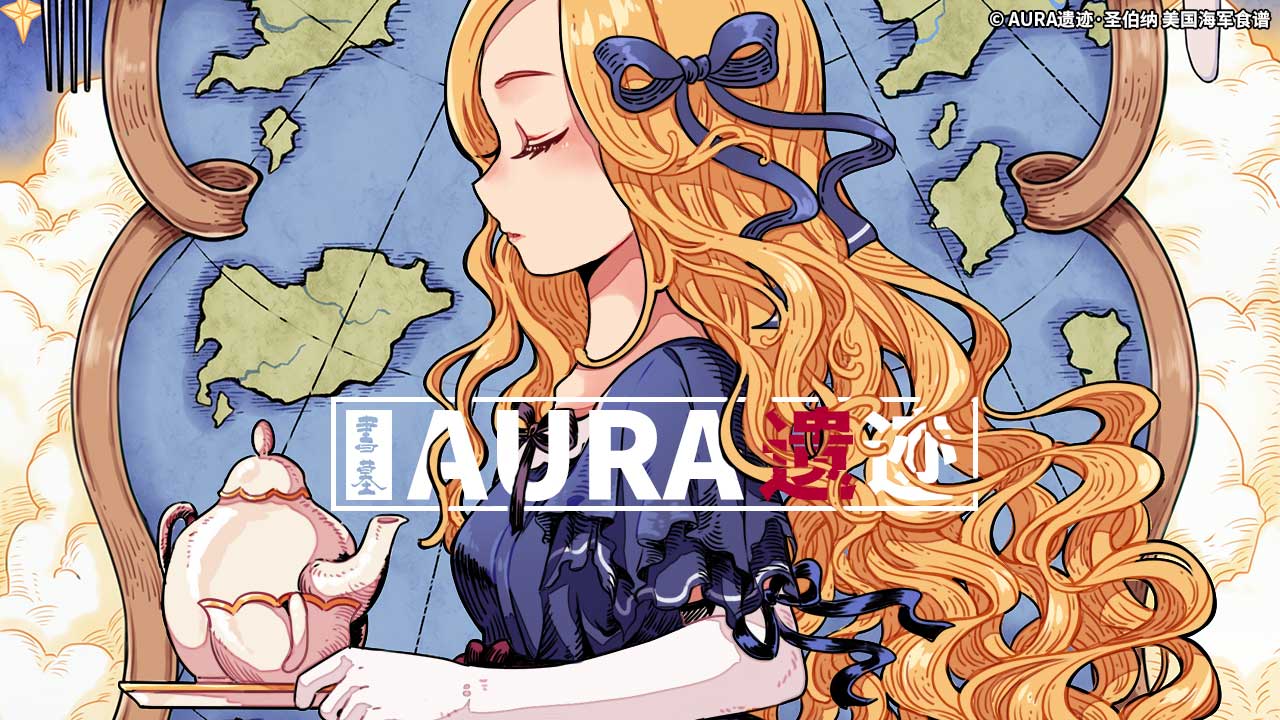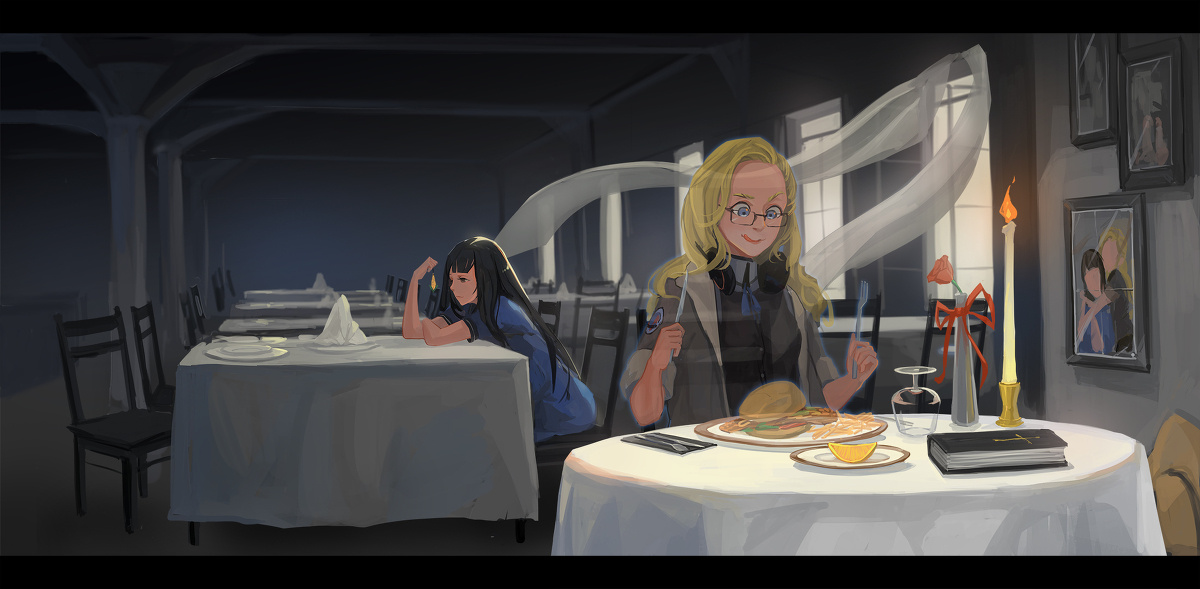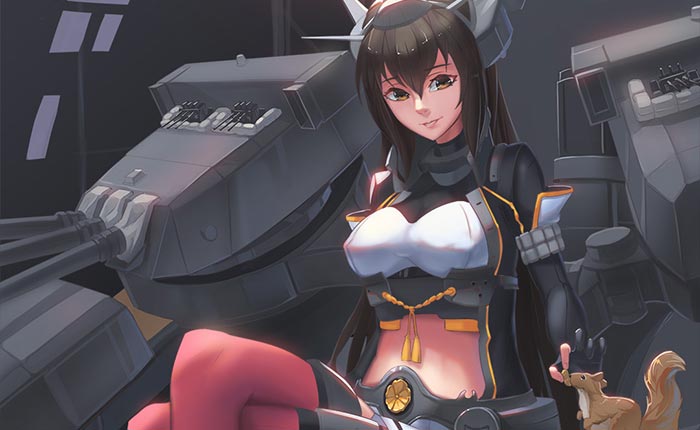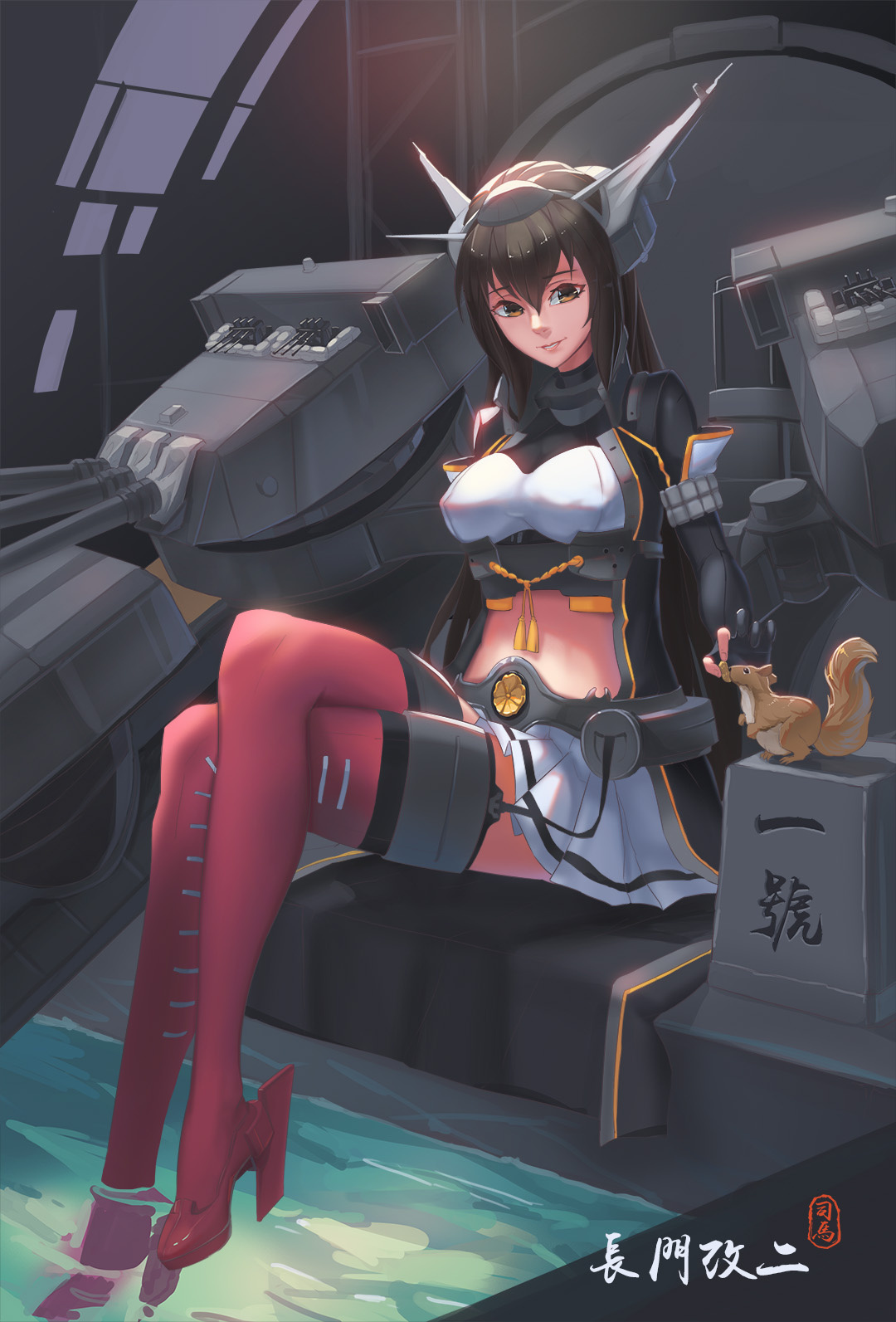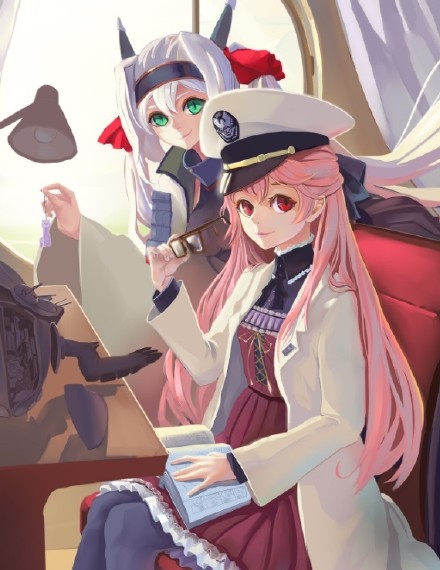
Posting Kannnnuuuuuuuu’s Orion shipgirls because I like them and I wish the guy would update already. x)
I’ve been having a discussion with one of our reader pertaining to the implications of Imperialism in the context of Pacific. Specifically, the question was along the lines of what happened during the de-Colonization period and the subsequent collapse of the British Empire.
First of all, the British Empire is more or less still alive (and well, by any definition) in Pacific’s timeline. We do this for a few reasons and you can see my thinking below.
One, it is essential that a major shipgirl power be developed (in the context of Pacific’s world building) in that part of the Old World. As much as I like to throw the Abyssals into the mix and see what gets nommed, I don’t really want to see the collapse of human civilization. The British makes sense and fits this role more or less to a T.
Two. The situation means that it makes more sense that Pacific go down the route of the Great Game 2.0 (with the UK and the USSR) given the far more isolationist role the U.S. ended up playing in Pacific. By the beginning of the Abyssal war, the U.S. maintains very limited forces in the Asia-Pacific and is in the process of de-escalation with the USSR in Europe. It does this both in accordance to national sentiment and strategic reasoning. Strategically, the U.S. places the defense of its twin coasts as the highest priority. In this sense, ironically, the UK and Japan are both at a stronger position due to simply having less area to defend.
From the perspective of national sentiment, the Korean War in Pacific is basically Pacific’s Vietnam. America took absolutely horrendous losses the likes the country has not seen, and the general lack of enthusiasm on the USSR’s part to expand outwardly coupled with war weariness and an ahistorical willingness for the leaders at the helm to cooperate (in secret or otherwise) is looked upon by the historians of Pacific’s universe as an important time period that determined what American exceptionalism (or, as Sune calls it, American Imperialism) looks like.
Again, somewhere, someone is going to fill in the gap. Remember Germany is still going to be split, there’s little sign of the PACT falling apart. Do ya really think Fraunce is going ta be up to ta task not now Edda Given the proximity the United Kingdom is, again, the logical world power to take the helm of Europe.
In general, the condition of the British Empire evolved as follows.
- The United Kingdom maintain significant oversea holdings, foreign territories, and protectorates. While the full extent of which is more or less developed on a case-by-case basis, it’s safe to say that the United Kingdom holds sway over large swaths of Africa and the Middle East.
- The U.S. and the USSR both tone down their anti-Imperialist rhetoric significantly. The former out of necessity to check communism, the latter deciding that it lack the capability to do so while sorting out internal troubles. This, coupled with some creative governance and a willingness to cooperate with their overseas “partners,” resulted in significant economic improvements in several states friendly to Britain, cementing their willingness to stay associated and (more or less) under Westminster control.
- As a part of the above, overseas civil disturbances and unrest are significantly less, and the more turbulent/militant nationalist movements fizzled out or advanced far more slowly. The Suez incident dealt a crippling blow to the nascent Pan-Arab movement and the region – well, actually, now that I think about it, it’s not all different from today. Sufficient to say that the various Gulf states found allies in the greater powers, Britain included, which actually gained several new protectorates in the region.
- Unlike France and Portugal the British in Pacific managed to avert disastrous military interventions in its former colonies/dominions in cases where they do go independent. What this means is that there were a few instances such as intervening in Suez or a India-Pakistan conflict in the 50s where significant force was used, and the Brits lucked out by having them all come out in the Empire’s favor.
- Britain works out the trade union problems by about the early 70s and begin to do better at home economically around the same time.
- Given that it holds onto the Middle East, I think you can imagine just how the Brits managed to avert economic disaster.
- The relationship between the US and the UK is worth mentioning. The “special relationship” is really more of a “natural relationship” in our terms today, but the UK aligned far more often with the US in Pacific on matters where it would have stayed neutral in our real world. “We should remain the closest ally of the US not because they are powerful, but because we share their values” is a lot less ironic in Pacific’s world given a general willingness to cooperate at most levels of government and the significant increase in Britain’s capabilities in comparison to ours.
What this basically means is that the UK is playing roles similar to the US in Pacific. It is, by my comparison, significantly more “imperialist” or expansionist in nature by necessity (and then) and by choice. I’ve tasked the UK with the defense of major continents of humanity because of their historical associations. With great power comes great responsibility, after all.
What this means for Pacific is that the UK is a nation perennially stretched to the limits of its operational capabilities. Unlike STEC, whose highly centralized structure dictated policy as a whole, the RNSTEC (Royal Navy Special Test and Evaluation Command, thank you very much) had thought it would be best to develop their plans and strategies separately. The RNSTEC was more or less split in accordance to the five fleets of the Royal Navy, all of which, you can imagine, wanted shipgirls on hand to protect their own interests in the name of the empire. That means they’d want their own training, their own development, and of course, their own budget.
You can see this might lead to problems similar to the NKT, and you are absolutely correct. However, unlike Japan, which is capable of enacting reforms on an extraordinarily speedy basis, the RNSTEC took a long while to mature and grow. Arguably the most important lesson learned were the incidents in 77 in the Pacific ocean – which involved significant losses to the US Pacific fleet and at Faroe Island – which involved the combat loss of shipgirls.
The incident in 77 is something I’ll probably talk about very soon, because it deals directly with Silent Service and vol. 3 lore. Basically, the US grew proud. It decides to send a large conventional fleet to engage what seemed to be a routine Abyssal attack. The US had plans to announce to the world this threat at the time, and a capable show of force would cement the US as the greatest country on earth and the shield of human civilization.
This is the one time where STEC was ordered to stand down, because well, you know, political and PR reasons.
This is the first time where the Abyssals demonstrated just how good their tech was, and offered humans a glimpse of the terrifying nature of their offensive capabilities.
By the time the shipgirls got there there weren’t much left to save.
The political and international ramifications resulted in a maelstrom in US home politics and a change in the international order. The Abyssal threat, miraculously, was kept secret, and the Abyssals did not attack further for a good eight months. No reason could be guessed why.
The event, however, severely strained US-UK relationships in the shipgirl organizations. STEC was in the process of testing its first rapid-response systems, and it was confident that its intelligence capabilities should be able to observe any changes in the battle accordingly. The attack, for all intent and purposes, looked routine.
Plus, if anything else go wrong, the entirety of the RNSTEC, Asia-Pacific Fleet was exercising a mere half-hour away. Counting shipgirl capabilities the British shipgirls could get there more or less in an instant. So, what was there to worry?
As it stands? The British knew – or maybe they didn’t, it was hard to tell in the confused jumble of reports – about the Abyssal and the attack. Some of the RN shipgirls were armed with live munitions and a full combat load which was definitely unnecessary for the type of formation exercises that the rest of the girls were training. One order even came through to immediately assist the US Pacific fleet at the beginning of the attack and then chaos and bedlam occurred in the command chain. With two admirals of the equivalent rank giving conflicting orders, the RN shipgirls couldn’t even figure out who was in charge.
Many reasons were given, but the RNSTEC shipgirls showed up an hour and a half after the US shipgirls had arrived on scene.
– For the reasons above STEC is highly critical of the inaction taken –
While most were sympathetic, some of the more bellicose individuals in STEC (not to mention a few shipgirls and one shipgirl from the RN) saw this not as incompetence but explicit maliciousness. The more level-headed ones understood implicitly that the sort of finger-pointing and blame would be devastating to humanity’s efforts at combating the Abyssal threat, and every attempt was made (and reciprocated) to make amends.
If there’s some small consolation, it’s that the roots of the modern RNSTEC came out of this event. However, it wouldn’t be until Faroe where the reformation truly takes place. Today’s RNSTEC is organized and structured far more efficiently, and it is probably the second (or third if you ask the Japanese shipgirls) shipgirl organization in the world today.
